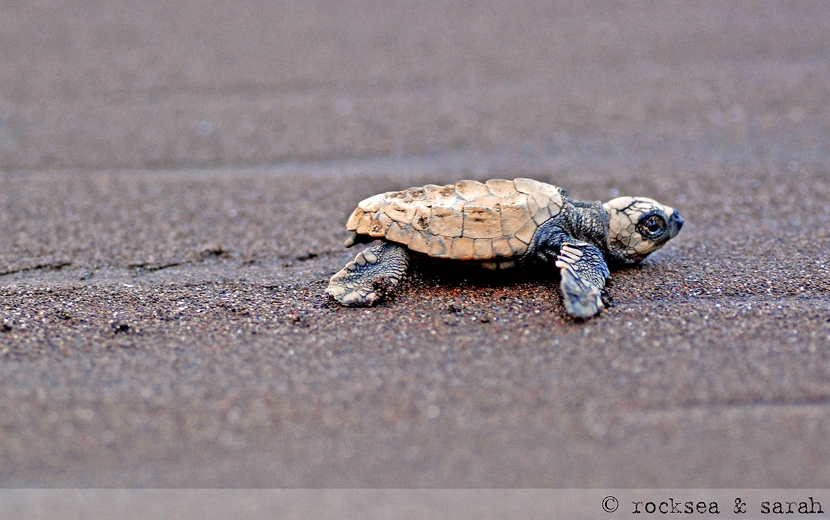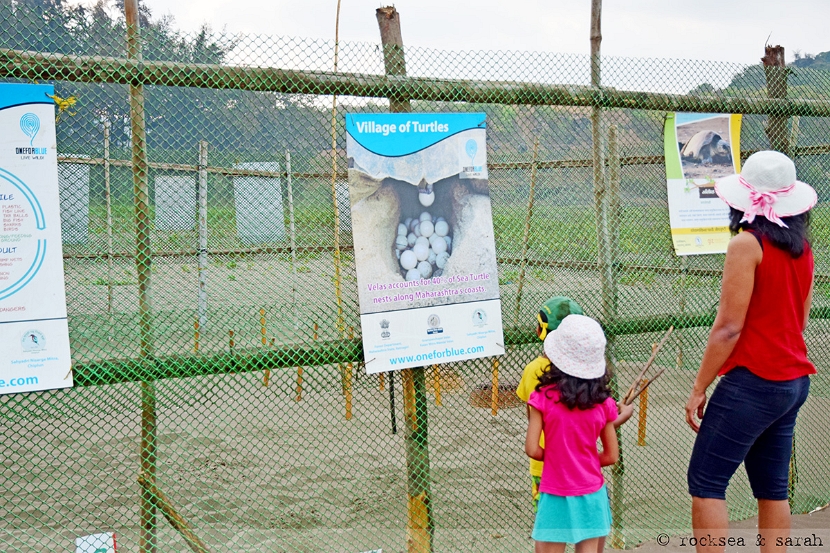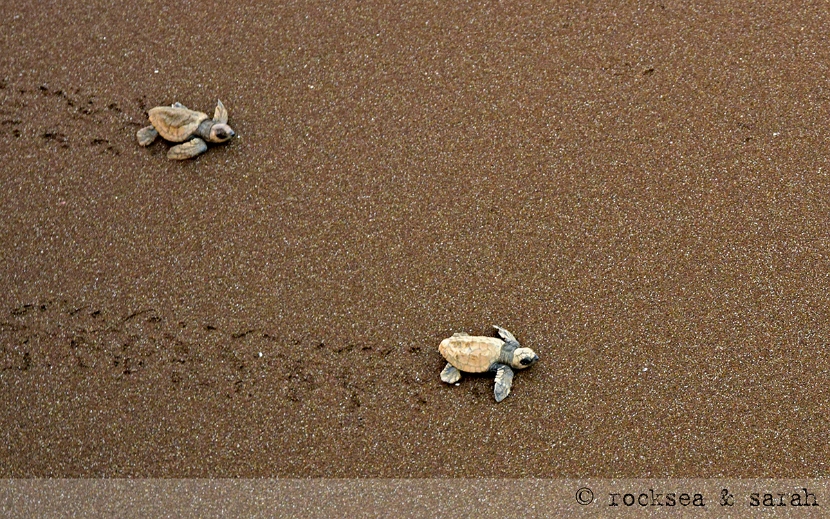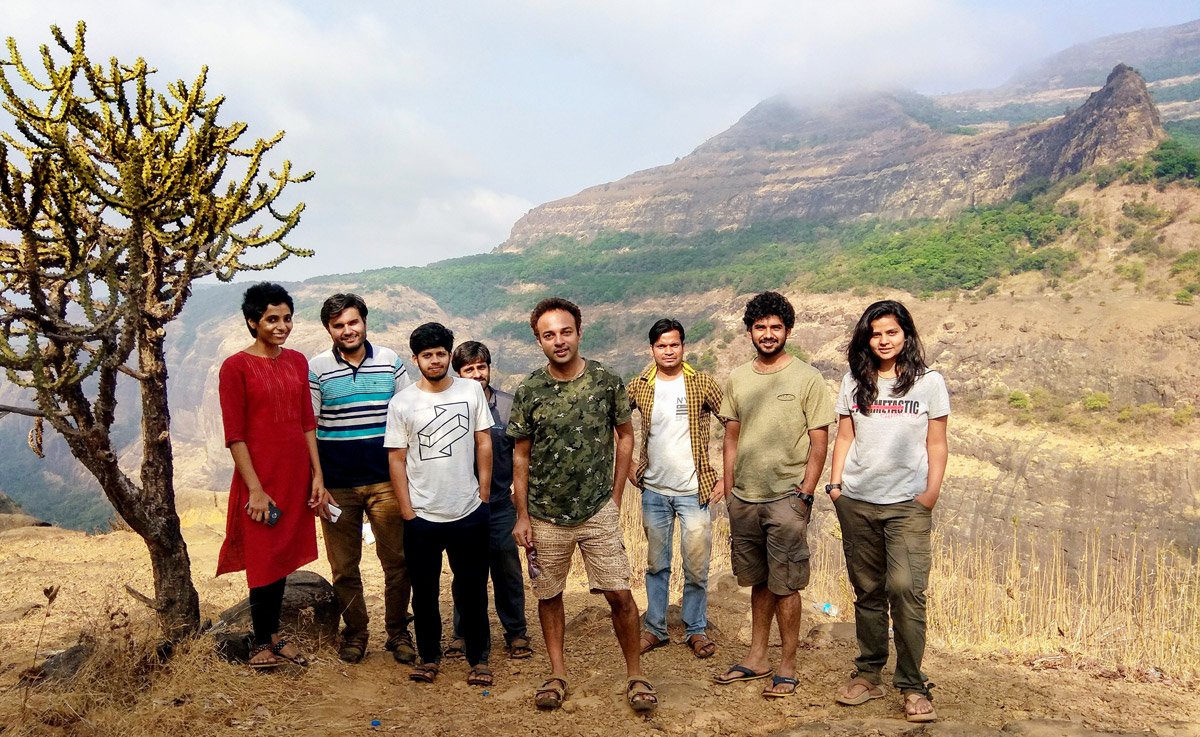olive ridley turtles—and dinosaurs
Watching these Olive Ridley turtle hatchlings making their first steps to the sea is an emotional experience!

Olive Ridley turtles are among the five species of marine turtles which are known to inhabit Indian coastal waters and islands. Odisha on the eastern coast of India hosts one of the largest mass nestings (known as arribadas) of these turtles, supporting a nesting population of probably more than half a million.
There are Olive Ridley turtle populations elsewhere in the Indian Ocean too, scattered around from Sri Lanka to Kerala to Pakistan on the west coast. We went to one of these nesting sites or “rookeries”, snuggled amid a laid-back village called Velas, on the coast of Maharashtra. While half a million turtles nest on the Odisha coast, only a few hundreds visit the Maharashtra coast. Conserving these few turtles are important as they are critically endangered species.
Maharashtra 415208, India
Olive Ridleys at Velas, Maharashtra

According to the NGO – Sahyadri Nisarga Mitra which monitors the turtle nestings, Velas is the largest nesting site along the Maharashtra coast, with about 20 nests per year. The Olive Ridley turtles in this region nest during November – April. These turtles generally prefer clean beaches for their nests. Velas, a sandy beach surrounded by casuarina vegetation, is perfect for them because it is largely unknown to the tourists and slightly tucked away from the traffic in the west coast.

The NGO collects the eggs from each turtle nest at the beach and brings them to a fenced area. Here they dig up pits at conditions similar to the original nest. A nest might contain about 100-150 eggs, and they hatch in about 45-60 days. Keeping the nests within the fence protects the eggs from other animals, and assures minimum loss due to poaching, erosion and other factors. Once the nest is 45 days old, the NGO volunteers cover the top with a basket, and check it every day twice, in the morning (7 AM) and evening (6 PM). If a hatchling is there, they leave it on the beach at a short distance from the sea. It is a moving experience to see the hatchlings dash for the sea!
Check out the video of a turtle hatchling making its way into the sea:
Climate, weather and the turtles—and the dinosaurs
One of the interesting factors is that the sex of the hatchlings is temperature dependant. If their incubation temperature is below 28°C they turn out to be males. If it is between 29°-30°C they could be either male or female, and if the temperatures are 31°-32°C they end up as females. A shift of 2°-4°C in incubation temperature would dramatically alter the sex ratio and consequently the population breeding structure in one generation. Temperature at the site is important because turtles like the Olive Ridleys visit the same nesting site every year for breeding. Temperature fluctuations due to climate change can hence result in unisexual offsprings, change the demographics, and could further endanger the species. It is thought that the climatic changes during the end of the Cretaceous (about 65 million years ago) might have exposed the dinosaurs to a similar fate, since temperature dependant sex determination is known to occur among such species.
Reference:
1. Kurian, Annie et al. (2013). Marine Turtles Along the Indian Coast, WWF-India.
2. Shanker, K., Ramadevi, J., Choudhury, B. C., Singh, L. and Aggarwal, R. K. (2004), Phylogeography of olive ridley turtles (Lepidochelys olivacea) on the east coast of India: implications for conservation theory. Molecular Ecology, 13: 1899–1909.
3. Standora, E. A., & Spotila, J. R.. (1985). Temperature Dependent Sex Determination in Sea Turtles. Copeia, 1985 (3), 711–722.
 Roxy Mathew Koll is a Climate Scientist at the Indian Institute of Tropical Meteorology. He also dons the role of an amateur naturalist, writer, web designer, photographer, and publisher—based on demand.
Roxy Mathew Koll is a Climate Scientist at the Indian Institute of Tropical Meteorology. He also dons the role of an amateur naturalist, writer, web designer, photographer, and publisher—based on demand. Juby Aleyas Koll, also know as Sarah, is the author and publisher of the book and website Sarah’s Hand Embroidery Tutorials. She has been researching and tutoring hand embroidery for over a decade, making it accessible to everyone around the globe.
Juby Aleyas Koll, also know as Sarah, is the author and publisher of the book and website Sarah’s Hand Embroidery Tutorials. She has been researching and tutoring hand embroidery for over a decade, making it accessible to everyone around the globe.
I certainly realised the value of even one turtle hatching out of that nest during this visit!
When we started our journey, I was expecting to see around 30 turtle hatchlings making it to the sea, much like what we would see in some advertisements. When the hosts in the village exclaimed with excitement that there were 7 haychlings the day before, 2 the previous day, and none for the weekend, I thought to myself if we came all the way to just see the 2 and 3 turtles.
That morning, when we witnessed the two turtles it was so emotional and the happiness was almost like that of having your own kid! The journey that the mothers take till the hatchlings crawl out of the sand to the sea is miraculous! Even, ONE, turtle would have been worth it I then realized.